On-Site Interpreting vs. Video Remote Interpreting vs. Virtual Interpreting
If you are looking to learn more about the methods of interpreting to accommodate your Deaf patients, customers, or employees, you have come to the right place. For the sake of simplicity and clarity, we will focus on the medical industry and Deaf patients and use examples accordingly in this article, but this article applies to the vast majority of other industries.
For centuries, the most popular and traditional method of interpreting for Deaf patients has been Sign Language On-Site Interpreting. On-Site Interpretation occurs when the sign language interpreter travels to the premises where the communication between the Deaf patient and the doctor will be taking. The interpreter will facilitate the communication interactions in the same room as the Sign Language interpreter and the doctor. While technology advancement has created new interpretation methods known as Video Remote Interpreting and Virtual Interpreting, On-Site Interpreting still remains the most effective and comprehensive method of interpreting.
As of 2021, On-Site Interpreting remains the predominant method of interpreting due to the following reasons:
- The Sign Language interpreter is able to read the Deaf patient’s facial expressions and watch the Deaf patient sign multidimensionally.
- Similarly, the Deaf patient is able to comprehend and communicate with the Sign Language interpreter in a functional and productive manner due to the multidimensional nature of the communication.
- While technology has been evolving exponentially, technology is still imperfect. Some buildings naturally do not have a strong connection to the internet, which will make the Video Remote Interpreting and Virtual Interpreting methods ineffective. Many other factors can also impact the quality of video and connection between the Sign Language interpreter, doctor, and Deaf patient.
- The reasons above are some of the numerous factors that make On-Site Interpreting the most superior method of interpreting.
On-Site Interpreting scenario: The doctor has an appointment with a Deaf patient. The doctor hires a Sign Language interpreter, who will also come to the appointment to facilitate the communication.

FIA Interpreting On-Site Interpreting
Although On-Site Interpreting is the most effective method of interpreting, it is not always available and feasible. What if your office receives a walk-in Deaf patient who needs to see a doctor immediately and does not have time to wait for an on-site Sign Language interpreter? Another possible scenario is your office is located in a rural area with no qualified Sign Language interpreters within driving distance. In these situations where you do not have access to an interpreter to come on-site, having access to our VRI platform can come in handy by ensuring your patient still has access to communication.
Video Remote Interpreting (VRI) is a popular method of interpreting, which relies on technology and connection to the internet. Video Remote Interpreting (VRI) can be utilized on smartphones, tablets, laptops, and computers, as long as the device has a camera, audio, microphone, and connection to the internet. Simply download your provider’s app, choose the target language and source language, click connect and you will be connected to an interpreter instantly through the device. This transformational technology has enabled innumerable medical offices that previously could not utilize Sign Language interpreters to begin creating an inclusive environment and protecting themselves from medical malpractice due to communication failures.
FIA Interpreting is a world-class Video Remote Interpreting (VRI) provider. They have a marvelous network of 7,000 interpreters for more than 100 languages, including American Sign Language. They do not just provide Sign Language interpreters, they only provide interpreters who have passed their rigorous screening process and follow strict protocols. Straightforwardly, open their app, choose the target and source language, enjoy their average connection time of 26 seconds, and the following benefits:
- Instead of the industry-standard of 2-hour minimum per assignment for On-Site Interpreting, FIA Interpreting will only charge you on a per-minute usage basis, which can save a significant amount of money, especially if appointments are typically short.
- While FIA Interpreting’s On-Site interpreters follow strict protocols and are reliable, they are still humans, and situations that are beyond our control can arise. A Sign Language interpreter can get sick at the last minute and is no longer able to attend with insufficient time to find a replacement interpreter. Alternatively but not lastly, mother nature can throw a curveball and make the weather too incumbent for the Sign Language interpreter to travel to the medical office’s premises. Video Remote Interpreting (VRI) does not require scheduling and is generally utilized on-demand, which guarantees that you will have a Sign Language interpreter for your Deaf patient.
- “You can be the world’s most delicious strawberry, but not everyone likes strawberries.” applies to Sign Language interpreters. While FIA Interpreting only provides interpreters who are highly skilled and qualified, sometimes it simply does not work out between the Deaf patient and the Sign Language interpreter. With Video Remote Interpreting, you can effortlessly switch to a different Sign Language Video Remote interpreter, unlike On-Site interpreters.
Video Remote Interpreting scenario: The doctor has a Deaf patient and it is not possible to hire an on-site Sign Language interpreter. The doctor grabs a tablet, opens the Video Remote Interpreting app, and connects to a Sign Language interpreter.

FIA Interpreting Video Remote Interpreting
Last but not least, it is often difficult to distinguish the difference between Video Remote Interpreting and Virtual Interpreting as they can appear to be similar from an outsider’s perspective, but their functionalities differ from each other in various ways.
Virtual Interpreting was built primarily as a response to the COVID-19 pandemic and could be considered as a “hybrid” between On-Site Interpreting and Video Remote Interpreting.
With Video Remote Interpreting, the medical office will have to use their provider’s app. However, with Virtual Interpreting, the medical office will use their preferred video conferencing platform, i.e. Zoom, Google Meets, Doxy, WebEx. The Sign Language will join the virtual telehealth session on the screen and facilitate the communication between the doctor and the Deaf patient.
FIA Interpreting is also a top provider for Virtual Interpreting service. They have a plug-in for Zoom, which allows the medical offices to invite a Sign Language interpreter to their meeting on-demand. Alternatively, they can schedule ahead of time if they wish to use a different video conferencing platform.
The essential difference between Video Remote Interpreting and Virtual Interpreting is that Video Remote Interpreting is typically utilized when the doctor is with a Deaf patient. In contrast, Virtual Interpreting is utilized when every party – the doctor, the Sign Language interpreter, and the Deaf patient are all in different rooms. Virtual Interpreting, built for telehealth appointments, minimizes the number of people in the same number as a response to the COVID-19 pandemic.
Virtual Interpreting scenario: The doctor has a telehealth appointment with a Deaf patient. The doctor creates the meeting link and shares it with the Sign Language interpreter, who joins the telehealth appointment virtually.

FIA Interpreting Virtual Interpreting
In conclusion, thanks to our technology’s continued advancement, it is much easier than ever for medical offices to create an inclusive environment for everyone with various methods of utilizing Sign Language interpreters: On-Site Interpreting, Video Remote Interpreting, and Virtual Interpreting. By utilizing interpreters for your Deaf patients, you are not only creating an inclusive environment, but you are also staying in compliance with the Americans with Disabilities Act (ADA) laws. Between 2011 and 2016, at least 2,000 deaths and 30% of medical malpractice cases have been linked to communication failures. Reach out to FIA Interpreting today and begin bettering your business!
Website: www.frederickinterpreting.com
Email: schedule@frederickinterpreting.com
Phone: 240-409-7972



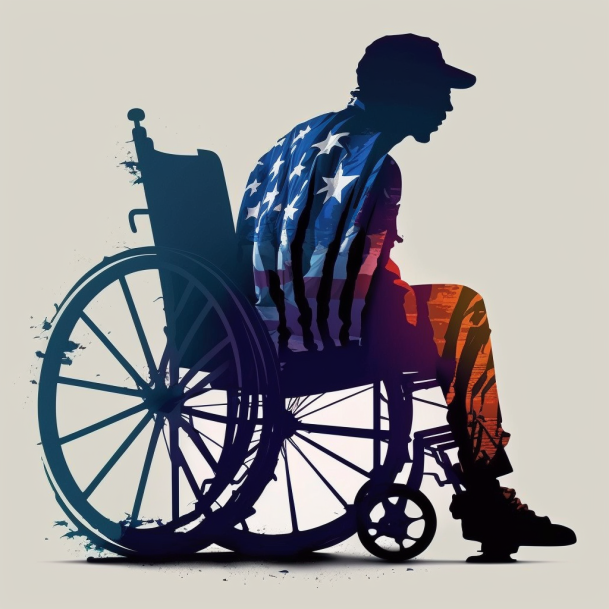
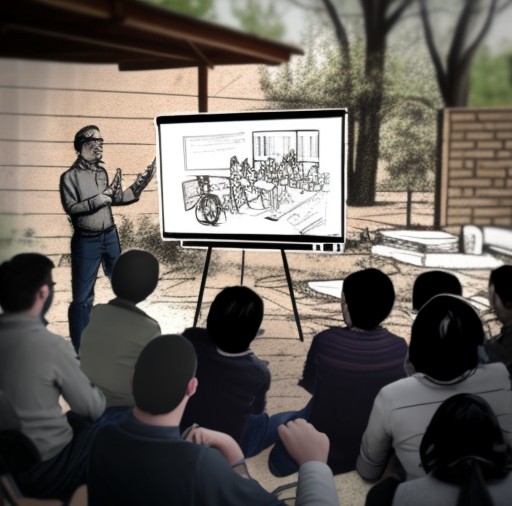
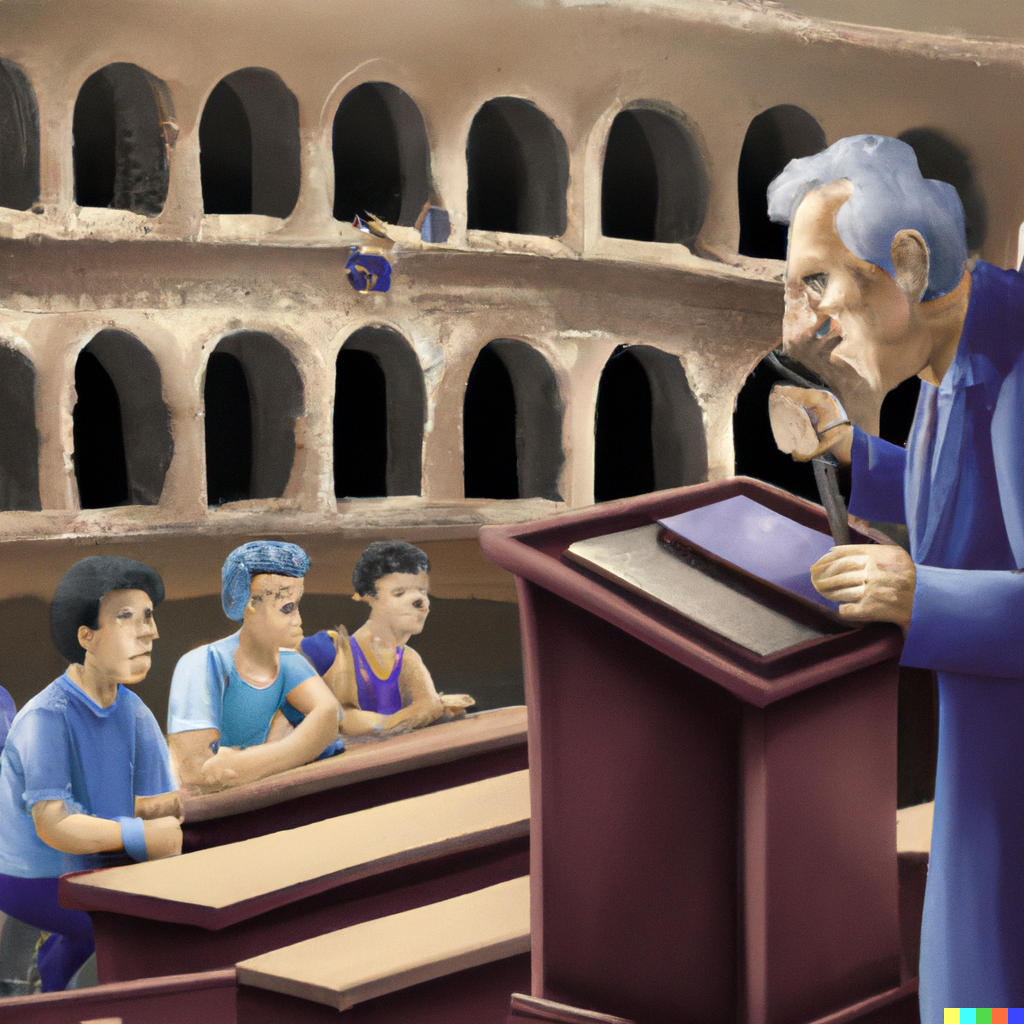
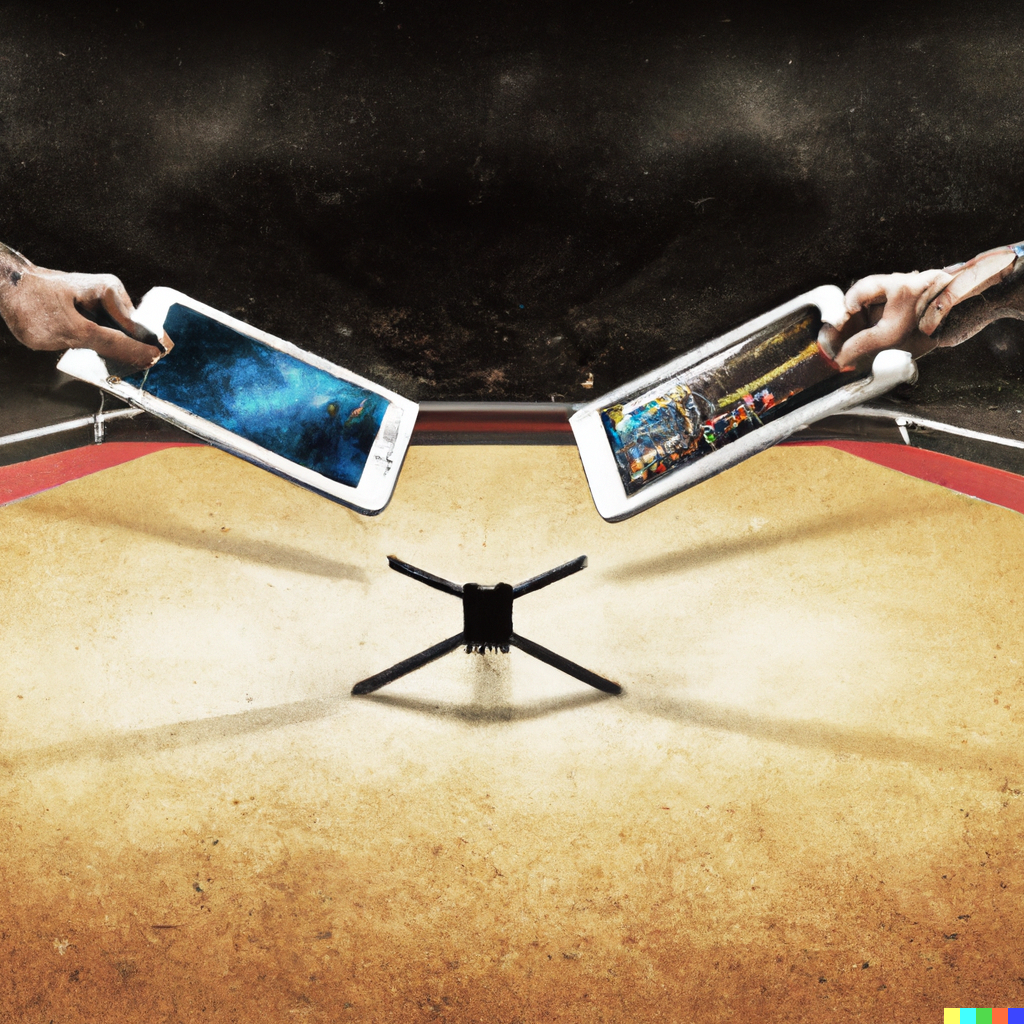




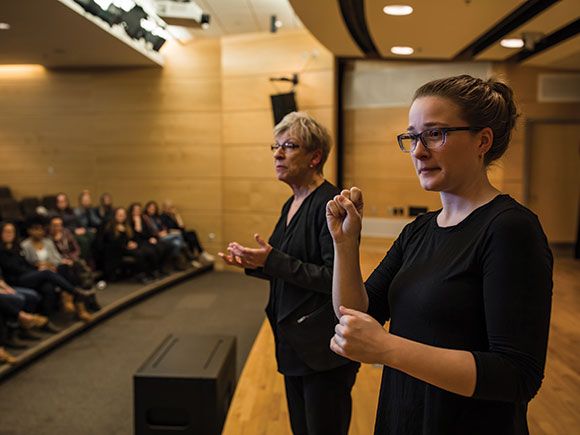
0 Comments